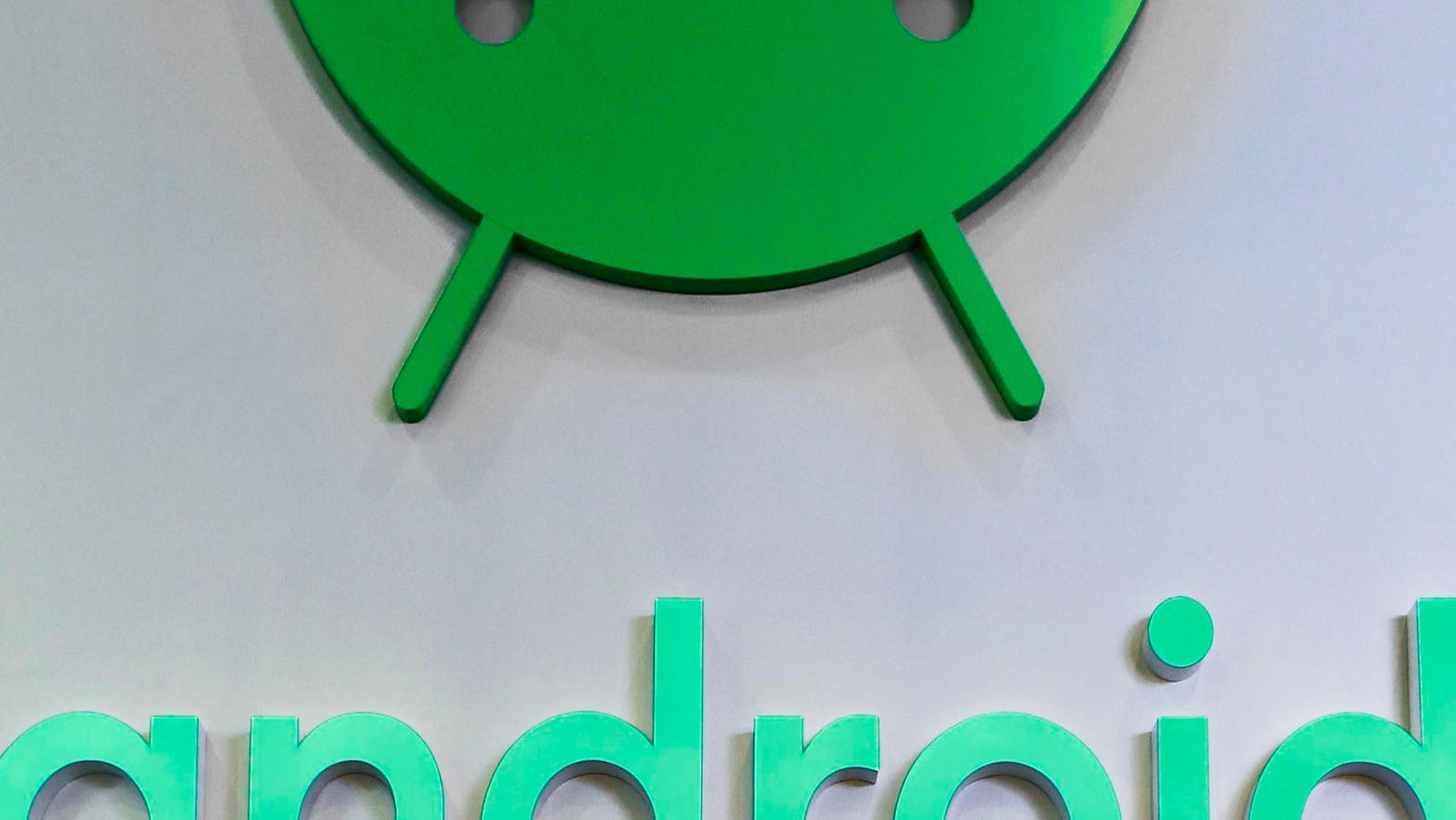Identifying the S-curve pathway from current AI to the attainment of AGI.
In today’s column, I am continuing my special series covering the anticipated pathways that will get us from conventional AI to the eagerly sought attainment of AGI (artificial general intelligence). Here, I undertake an analytically speculative deep dive into the detailed aspects of a distinctive S-curve route. I’ve previously outlined that there are seven major paths for advancing AI to reach AGI (see the link here) — the S-curve avenue posits that we will have a period of AI advancement that hits a plateau, and then after residing in this stagnating plateau for a while, new advancements will ramp up again and bring us to AGI.
Let’s talk about it.
This analysis of an innovative AI breakthrough is part of my ongoing Forbes column coverage on the latest in AI, including identifying and explaining various impactful AI complexities (see the link here). For those readers who have been following along on my special series about AGI pathways, please note that I provide similar background aspects at the start of this piece as I did previously, setting the stage for new readers.
Heading Toward AGI And ASI
First, some fundamentals are required to set the stage for this weighty discussion.
There is a great deal of research going on to further advance AI. The general goal is to either reach artificial general intelligence (AGI) or maybe even the outstretched possibility of achieving artificial superintelligence (ASI).
AGI is AI that is considered on par with human intellect and can seemingly match our intelligence. ASI is AI that has gone beyond human intellect and would be superior in many if not all feasible ways. The idea is that ASI would be able to run circles around humans by outthinking us at every turn. For more details on the nature of conventional AI versus AGI and ASI, see my analysis at the link here.
We have not yet attained AGI.
In fact, it is unknown as to whether we will reach AGI, or that maybe AGI will be achievable in decades or perhaps centuries from now. The AGI attainment dates that are floating around are wildly varying and wildly unsubstantiated by any credible evidence or ironclad logic. ASI is even more beyond the pale when it comes to where we are currently with conventional AI.
AI Experts Consensus On AGI Date
Right now, efforts to forecast when AGI is going to be attained consist principally of two paths.
First, there are highly vocal AI luminaires making individualized brazen predictions. Their headiness makes outsized media headlines. Those prophecies seem to be coalescing toward the year 2030 as a targeted date for AGI. A somewhat quieter path is the advent of periodic surveys or polls of AI experts. This wisdom of the crowd approach is a form of scientific consensus. As I discuss at the link here, the latest polls seem to suggest that AI experts generally believe that we will reach AGI by the year 2040.
Should you be swayed by the AI luminaries or more so by the AI experts and their scientific consensus?
Historically, the use of scientific consensus as a method of understanding scientific postures has been relatively popular and construed as the standard way of doing things. If you rely on an individual scientist, they might have their own quirky view of the matter. The beauty of consensus is that a majority or more of those in a given realm are putting their collective weight behind whatever position is being espoused.
The old adage is that two heads are better than one. In the case of scientific consensus, it might be dozens, hundreds, or thousands of heads that are better than one. For this discussion on the various pathways to AGI, I am going to proceed with the year 2040 as the consensus anticipated target date.
Besides the scientific consensus of AI experts, another newer and more expansive approach to gauging when AGI will be achieved is known as AGI convergence-of-evidence or AGI consilience, which I discuss at the link here.
Seven Major Pathways
As mentioned, in a previous posting I identified seven major pathways that AI is going to advance to become AGI (see the link here). Here’s my list of all seven major pathways getting us from contemporary AI to the treasured AGI:
- (1) Linear path (slow-and-steady): This AGI path captures the gradualist view, whereby AI advancement accumulates a step at a time via scaling, engineering, and iteration, ultimately arriving at AGI.
- (2) S-curve path (plateau and resurgence): This AGI path reflects historical trends in the advancement of AI (e.g., early AI winters), and allows for leveling-up via breakthroughs after stagnation.
- (3) Hockey stick path (slow start, then rapid growth): This AGI path emphasizes the impact of a momentous key inflection point that reimagines and redirects AI advancements, possibly arising via theorized emergent capabilities of AI.
- (4) Rambling path (erratic fluctuations): This AGI path accounts for heightened uncertainty in advancing AI, including overhype-disillusionment cycles, and could also be punctuated by externally impactful disruptions (technical, political, social).
- (5) Moonshot path (sudden leap): Encompasses a radical and unanticipated discontinuity in the advancement of AI, such as the famed envisioned intelligence explosion or similar grand convergence that spontaneously and nearly instantaneously arrives at AGI (for my in-depth discussion on the intelligence explosion, see the link here).
- (6) Never-ending path (perpetual muddling): This represents the harshly skeptical view that AGI may be unreachable by humankind, but we keep trying anyway, plugging away with an enduring hope and belief that AGI is around the next corner.
- (7) Dead-end path (AGI can’t seem to be attained): This indicates that there is a chance that humans might arrive at a dead-end in the pursuit of AGI, which might be a temporary impasse or could be a permanent one such that AGI will never be attained no matter what we do.
You can apply those seven possible pathways to whatever AGI timeline that you want to come up with.
Futures Forecasting
Let’s undertake a handy divide-and-conquer approach to identify what must presumably happen to get from current AI to AGI.
We are living in 2025 and somehow are supposed to arrive at AGI by the year 2040. That’s essentially 15 years of elapsed time. The idea is to map out the next fifteen years and speculate what will happen with AI during that journey.
This can be done in a forward-looking mode and also a backward-looking mode. The forward-looking entails thinking about the progress of AI on a year-by-year basis, starting now and culminating in arriving at AGI in 2040. The backward-looking mode involves starting with 2040 as the deadline for AGI and then working back from that achievement on a year-by-year basis to arrive at the year 2025 (matching AI presently). This combination of forward and backward envisioning is a typical hallmark of futurecasting.
Is this kind of a forecast of the future ironclad?
Nope.
If anyone could precisely lay out the next fifteen years of what will happen in AI, they probably would be as clairvoyant as Warren Buffett when it comes to predicting the stock market. Such a person could easily be awarded a Nobel Prize and ought to be one of the richest people ever.
All in all, this strawman that I show here is primarily meant to get the juices flowing on how we can be future forecasting the state of AI. It is a conjecture. It is speculative. But at least it has a reasonable basis and is not entirely arbitrary or totally artificial.
I went ahead and used the fifteen years of reaching AGI in 2040 as an illustrative example. It could be that 2050 is the date for AGI instead, and thus this journey will play out over 25 years. The timeline and mapping would then have 25 years to deal with rather than fifteen. If 2030 is going to be the AGI arrival year, the pathway would need to be markedly compressed.
AGI S-Curve Path From 2025 To 2040
The S-curve is distinctive since it consists of an S-shape such that the pathway initially has notable progress, hits an extended plateau and not much is advancing, and then proceeds to get underway again with a bit of a flourish on the tail-end. This is in stark contrast to a linear pathway. In a linear pathway, the progression of AI toward AGI is relatively equal each year and consists of a gradual incremental climb from conventional AI to AGI. I laid out the details of the linear path in a prior posting, see the link here.
For ease of discussion about the S-curve pathway, let’s assume that over the fifteen years, the first phase of the S-curve will be five years long, the plateau will be five years in length, and the tail-end will be five years too. This doesn’t have to be the case and the length for each phase could differ. For example, maybe the upfront phase is three years, the plateau is eight years, and the final phase is four years. Using five years per phase is well illustrative and sufficient for this analysis.
The S-curve phases will be conveniently depicted this way:
- Years 2025-2030: First phase of the S-curve AGI pathway (starting phase)
- Years 2030-2035: Second phase of the S-curve AGI pathway (plateau)
- Years 2035-2040: Third phase of the S-curve AGI pathway (resumption)
There is an overlapping at the boundary years of 2030 and 2035. Also, for this depiction, I’ll lump the individual years into the three noted phases.
Here then is a strawman futures forecast roadmap from 2025 to 2040 of an S-curve pathway getting us to AGI:
Years 2025-2030 (First phase of S-curve):
- AI multi-modal models finally become robust and fully integrated into LLMs. Significant improvements in AI real-time reasoning, sensorimotor integration, and grounded language understanding occur.
- Agentic AI starts to blossom and become practical and widespread. AI systems with memory and planning capabilities achieve competence in open-ended tasks in simulation environments.
- The use of AI large-scale world models spurs substantially improved AI capabilities. AI can now computationally improve from fewer examples via advancements in AI meta-learning.
- AI agents gradually gain wide acceptance and are capable of executing multi-step tasks semi-autonomously in digital and physical domains, including robotics.
- AI is advanced sufficiently to have a generalized understanding of physical causality and real-world constraints through embodied learning.
Years 2030-2035 (Second phase of S-curve, the plateau):
- Continued expansion of AI agents but overall functionality remains about the same.
- AI capabilities in physical causality become tightly integrated into robotics systems and aid in opening adoption for the use of mobile low-cost robots in businesses and homes.
- Concerns are expressed that no new notable AI advances are appearing and that AI progress seems to be stagnating. AI is mainly being widely applied, which is useful, but not particularly a sign of improvement in the technology per se.
- Heated debates arise about whether AGI will be achievable or perhaps advances in AI have hit an impassable wall. Great angst arises in the AI field as talks of a kind of AI shortfall or winter grow strong.
Years 2035-2040 (Third phase of S-curve, resumption):
- Self-improving AI systems begin modifying their own code under controlled conditions. Hybrid AI consisting of integrated cognitive architectures unifying symbolic reasoning, neural networks, and probabilistic models has become the new accepted approach to AI.
- AI agents achieve human-level performance across most cognitive benchmarks, including abstraction, theory of mind, and cross-domain learning.
- AI systems exhibit bona fide signs of self-reflection, not just routinized mimicry or parroting. Advances in AI showcase human-like situational adaptability and innovation.
- AI systems now embody persistent identities, seemingly able to reflect on experiences across time. Some of the last barriers to acceptance of AI as nearing AGI are overcome when AI demonstrates creativity, emotional nuance, and abstract reasoning in diverse contexts.
- There is a widespread general agreement in 2040 that AGI has now been attained, though it is still the early days of AGI.
Contemplating The Timeline
I’d ask you to contemplate the strawman S-curve timeline and consider where you will be and what you will be doing during each of those three phases and fifteen years.
As per the famous words of Mark Twain: “The future interests me — I’m going to spend the rest of my life there.” You have an opportunity to actively participate in where AI is heading and help in shaping how AGI will be utilized. AGI, if attained, will change the world immensely and you can play an important part in how this happens.









